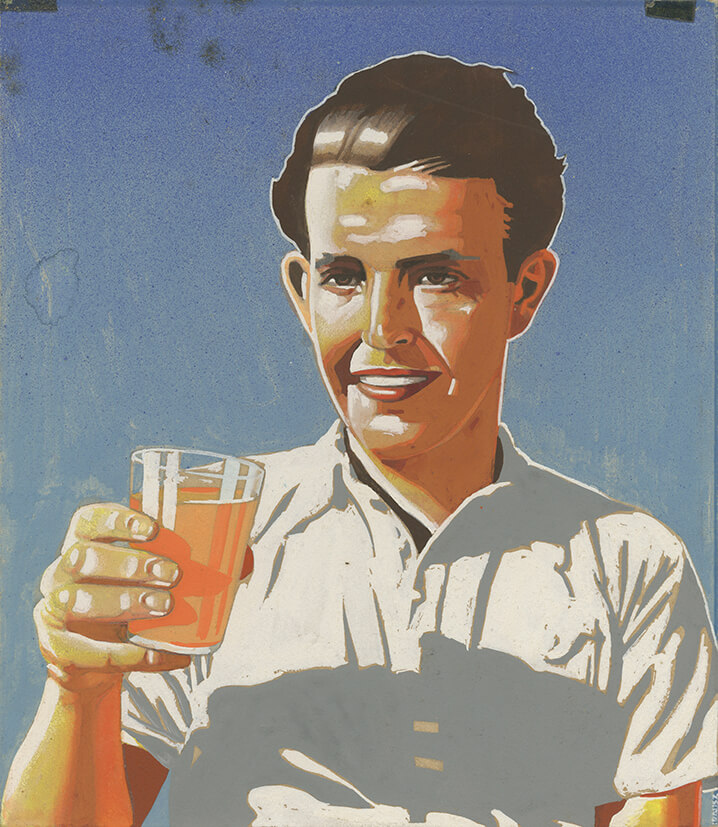
10 Mar The Israeli Orange: A Symbol of Zionism
From the first citrus orchard planted by Montefiore in Jaffa to the orange’s ascension as a flagship product of Israeli exports and a symbol of Zionism.
As the 19th century drew to a close, the landscape of Jaffa was covered with orchards, predominantly owned by the Arabs of the region. Their fruits found passage to markets such as Britain, Alexandria, and Istanbul through the port of Jaffa. In 1855, Moshe Montefiore, driven by a desire to foster Jewish employment in the region, acquired lands in Jaffa and established a citrus orchard, branding it as the famous “Jaffa oranges”.
Within a few years, citrus orchards were planted in many Jewish settlements throughout Israel, including the “Mikva Israel” agricultural school, Petah Tikva, Rehovot, Rishon Lezion, and Hadera. By the late 1930s, the Tel Aviv port had transformed into a hub for exporting Israeli oranges and other citrus fruits worldwide, and the Jaffa Orange brand had evolved into a global sensation. Oranges became emblematic of Zionist agricultural progress, integral to the Hebrew agricultural education. Teenagers were called to participate and institutional picking competitions were held among the schools.
Thees days an orange was the most prestigious gift that the Jews of the Diaspora could receive from the Land of Israel. In the famous song “Snow on my city” (Naomi Shemer), the orange occupies a place of honor next to the fig, the carob and the date – the ancient fruits of the land of Israel. After the state was established, “Yom Hadar” (Citrus Day) was celebrated annually in the streets, with festive showcases and competitions of the local citrus produce.
Over the years, many of the country’s orchards have transformed into residential areas, and there have been changes in the citrus industry. However, even today, if you ask, many will surely agree that “the sweetest orange can only be found in Israel.”
-
“Drink Fresh Orange Juice For Strength” Vintage Israeli Poster 1936 Franz Kraus RARE!
$5,800.00 Buy Now -
“The Key to Your Health Lies in This Fruit” – Vintage orange Advertisement Poster Palestine Ertz Israel 1930s
$3,500.00 Buy Now -
Agriculture in the Land of Israel – Vintage Advertisement Poster 1920s, Designed by Meir Gur Aryeh
$0.00 -
The Fruit of Israel Exhibition vintage Israel poster 1955
$0.00



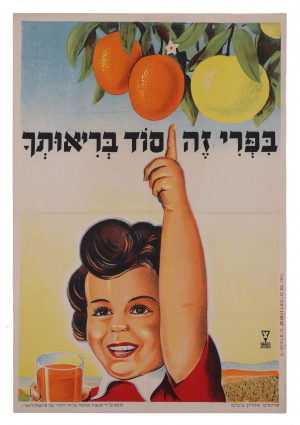
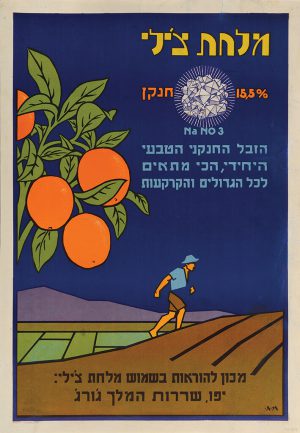
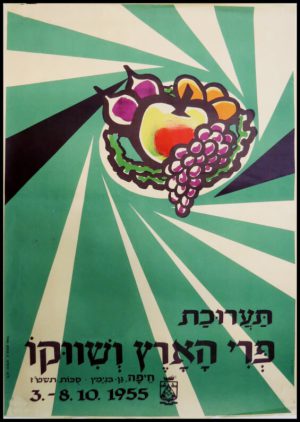
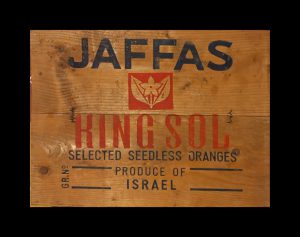
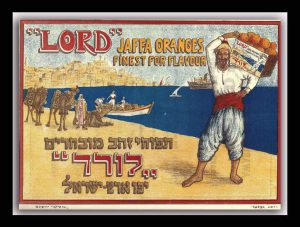

Sorry, the comment form is closed at this time.